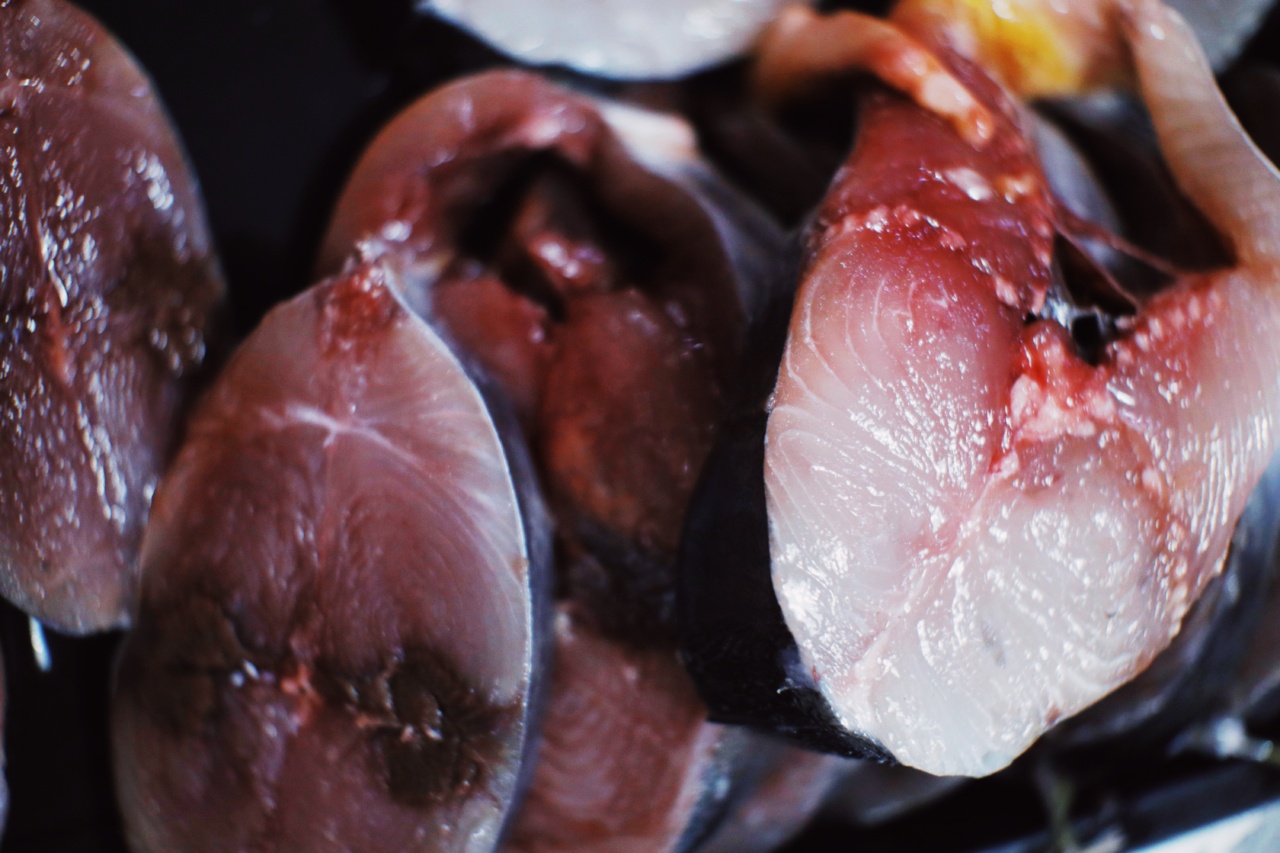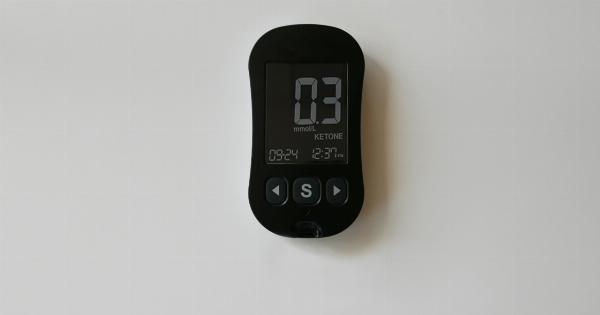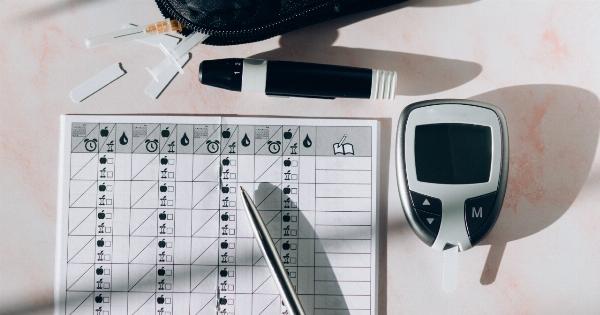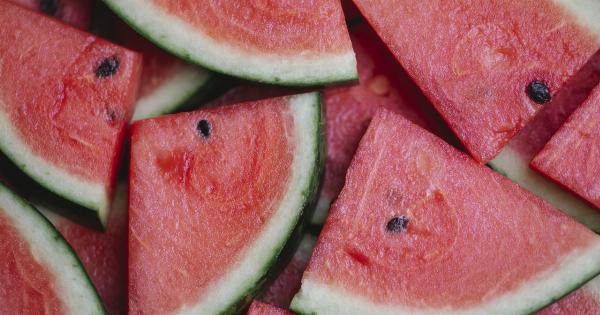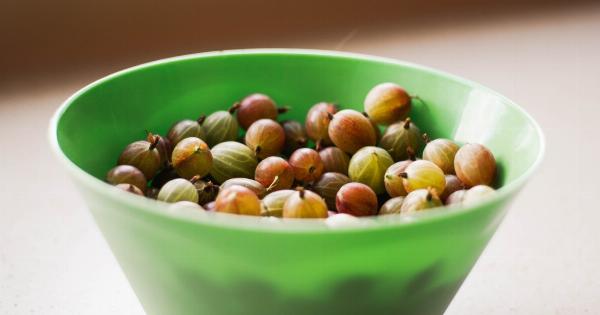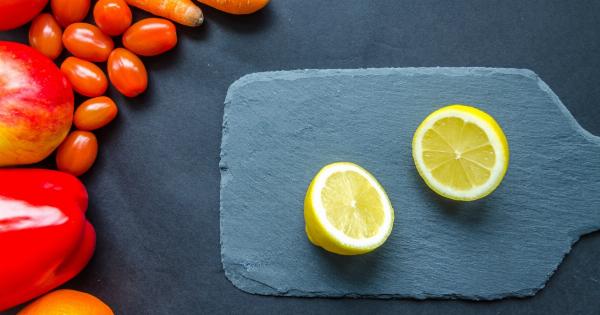High blood pressure, also known as hypertension, is a common health condition that affects millions of people worldwide. If left uncontrolled, it can lead to serious health complications such as heart disease, stroke, and kidney failure.
While medication and lifestyle changes are commonly prescribed to manage high blood pressure, incorporating certain foods into your diet can also help naturally lower blood pressure. In this article, we will discuss the top foods you should include in your diet to maintain healthy blood pressure levels.
1. Leafy Green Vegetables
Leafy green vegetables like spinach, kale, and collard greens are rich in potassium, which plays a crucial role in managing blood pressure levels.
Potassium helps your kidneys eliminate sodium through urine, thus reducing the amount of sodium in your body. Lower sodium levels contribute to lower blood pressure. Moreover, leafy greens also contain nitrates, which help dilate blood vessels, further aiding in blood pressure regulation.
2. Berries
Blueberries, strawberries, and raspberries are not only delicious but also packed with antioxidants, specifically flavonoids.
Flavonoids have been shown to reduce blood pressure by enhancing nitric oxide production, which helps dilate blood vessels and improve blood flow. Berries are a great addition to your diet as a snack, in smoothies, or as a topping for your morning cereal or yogurt.
3. Oats
Oats are a fiber-rich whole grain that can aid in lowering blood pressure. The fiber in oats helps reduce both systolic and diastolic blood pressure.
Incorporating oats into your breakfast routine is an easy and effective way to start your day with a heart-healthy meal. You can enjoy a warm bowl of oatmeal, overnight oats, or even add oats to your smoothie for a nutritious boost.
4. Fish
Cold-water fatty fish, such as salmon, mackerel, and sardines, are abundant in omega-3 fatty acids. Omega-3 acids are known for their heart-protective properties, which include reducing inflammation and helping to lower blood pressure levels.
Aim to include fish in your diet at least twice a week to reap these cardiovascular benefits.
5. Yogurt
Yogurt is an excellent source of calcium, which has been linked to healthy blood pressure levels. Research suggests that individuals with higher calcium intake have lower blood pressure readings.
Opt for low-fat or Greek yogurt varieties without added sugars for a healthy snack or addition to your meals.
6. Garlic
For centuries, garlic has been used in traditional medicine to treat various ailments, including high blood pressure. Garlic contains a compound called allicin that has been shown to have blood pressure-lowering effects.
Including fresh garlic in your cooking or using garlic powder as a seasoning can contribute to better blood pressure control.
7. Pomegranates
Pomegranates are a fruit loaded with antioxidants and polyphenols, which have been associated with reduced blood pressure levels.
A study found that consuming pomegranate juice daily for four weeks resulted in significant reductions in systolic and diastolic blood pressure. Savor the delicious taste of pomegranates as a snack or use the juice to add flavor to smoothies and salads.
8. Seeds
Flaxseeds, chia seeds, and pumpkin seeds are all excellent sources of omega-3 fatty acids, fiber, and various other beneficial nutrients. These seeds have been shown to help lower both systolic and diastolic blood pressure.
You can easily incorporate seeds into your diet by sprinkling them onto your yogurt, cereal, or salads.
9. Dark Chocolate
Indulging in a small piece of dark chocolate (with a high cocoa content) can actually be beneficial for your blood pressure. Dark chocolate is rich in flavonoids, which promote vasodilation and help lower blood pressure levels.
However, remember to consume dark chocolate in moderation, as it still contains calories and fats.
10. Olive Oil
Switching to heart-healthy fats like olive oil can positively impact your blood pressure. Olive oil is rich in polyphenols, which have anti-inflammatory properties and help protect blood vessels.
It is a great choice for cooking, dressing salads, or drizzling over vegetables.
By incorporating these foods into your diet, you can take a proactive approach to naturally lower your blood pressure.
However, it’s important to note that while these foods can support overall heart health, they should not replace medical treatment or prescribed medications. Always consult with your healthcare provider for personalized advice and guidance.
